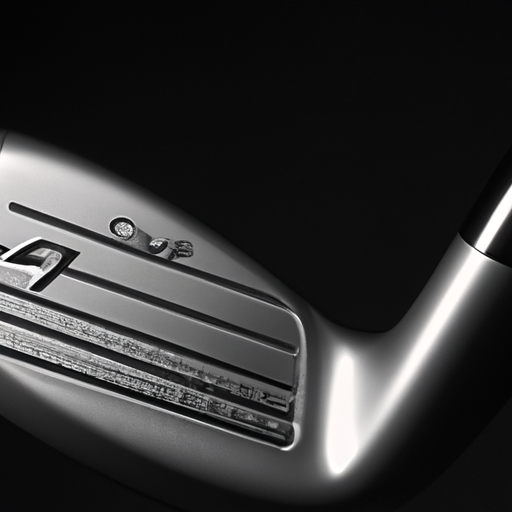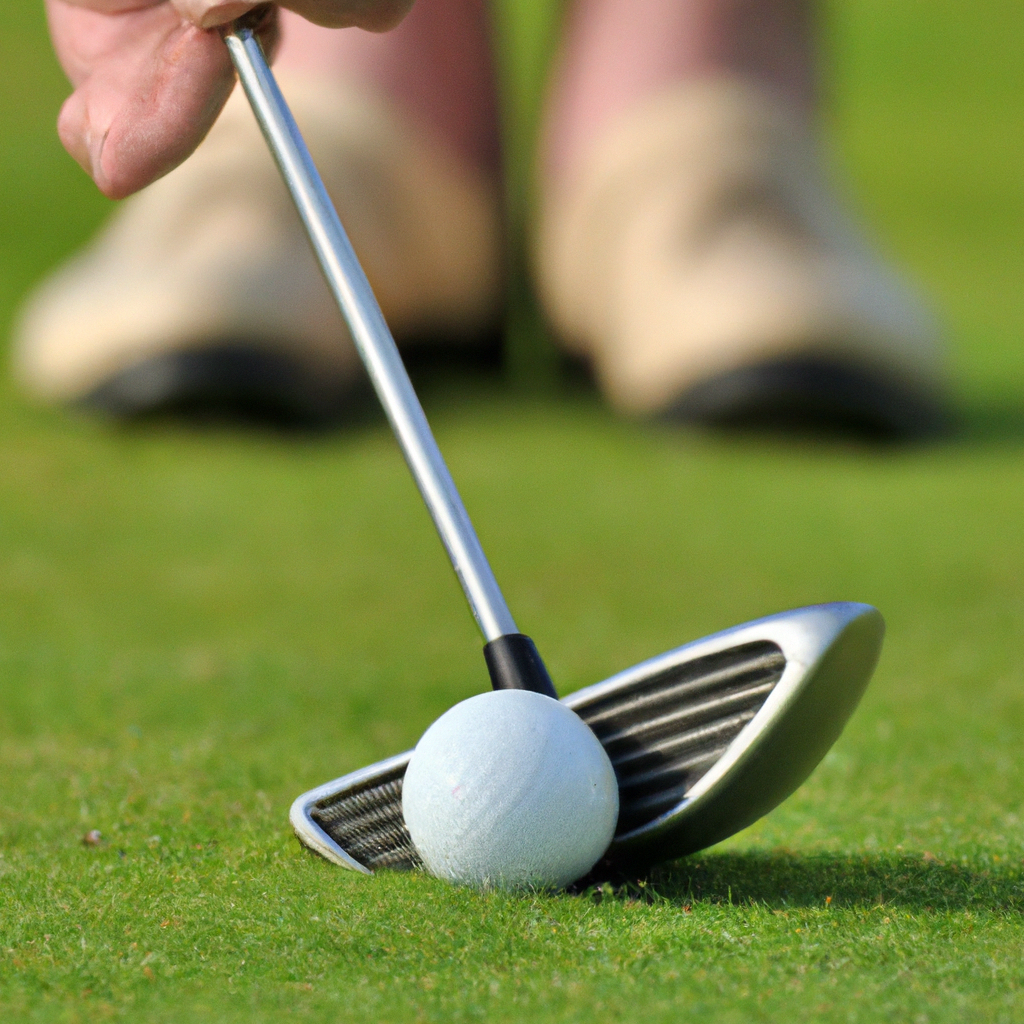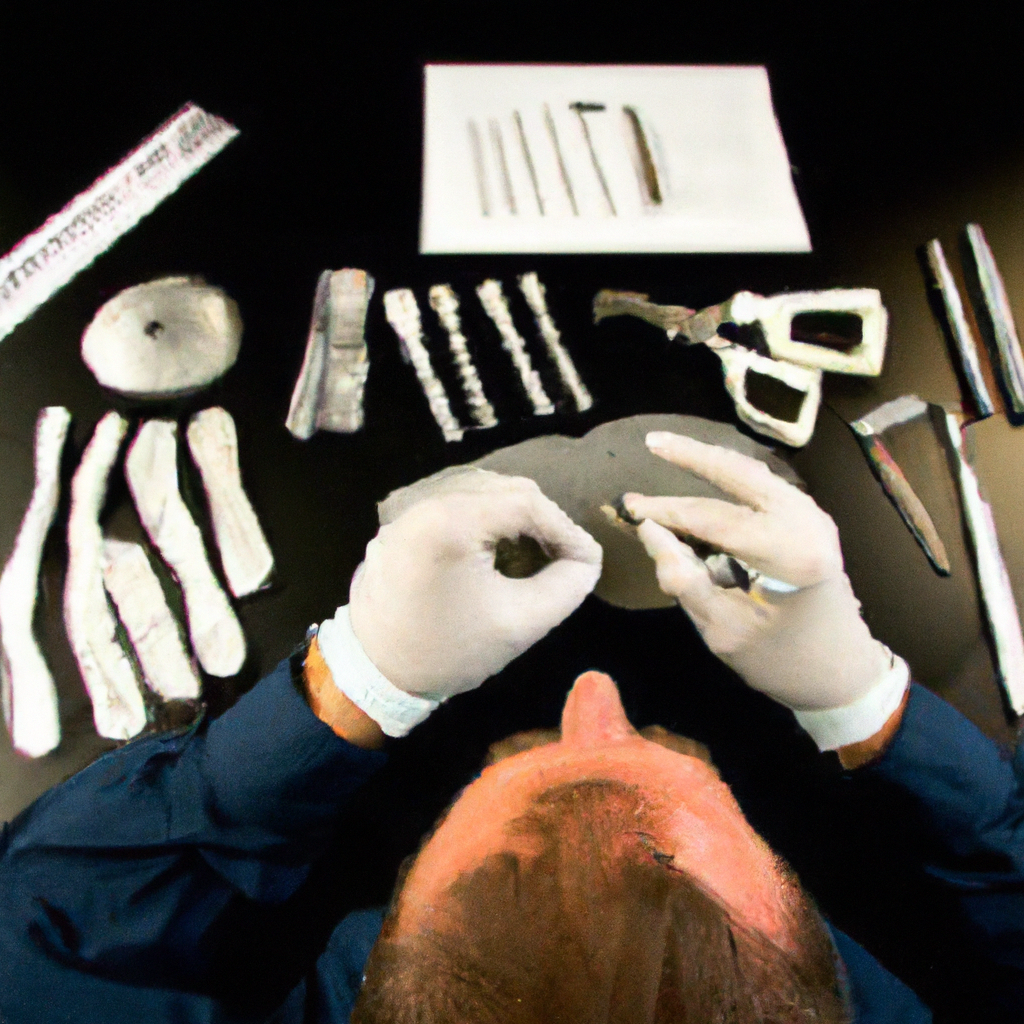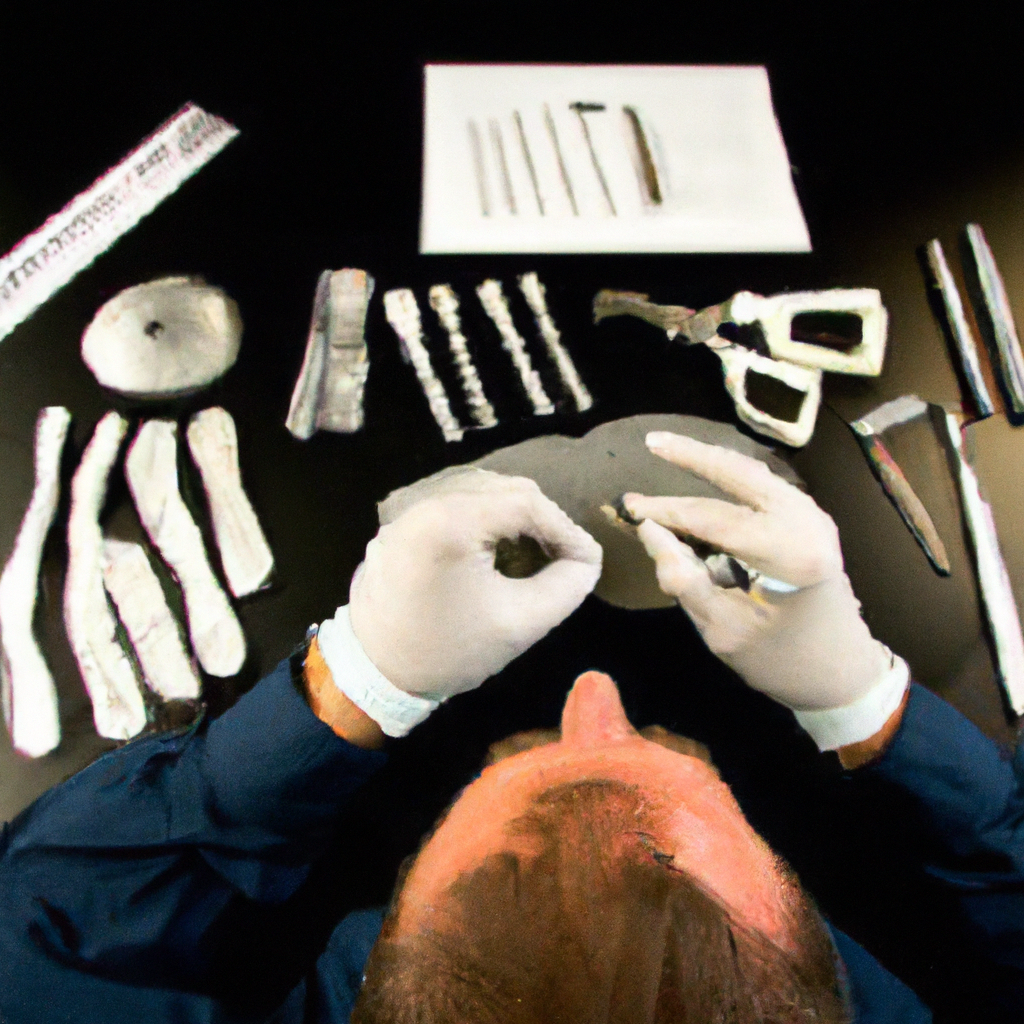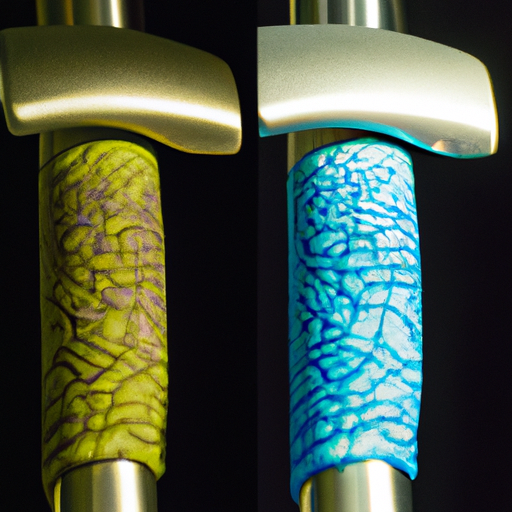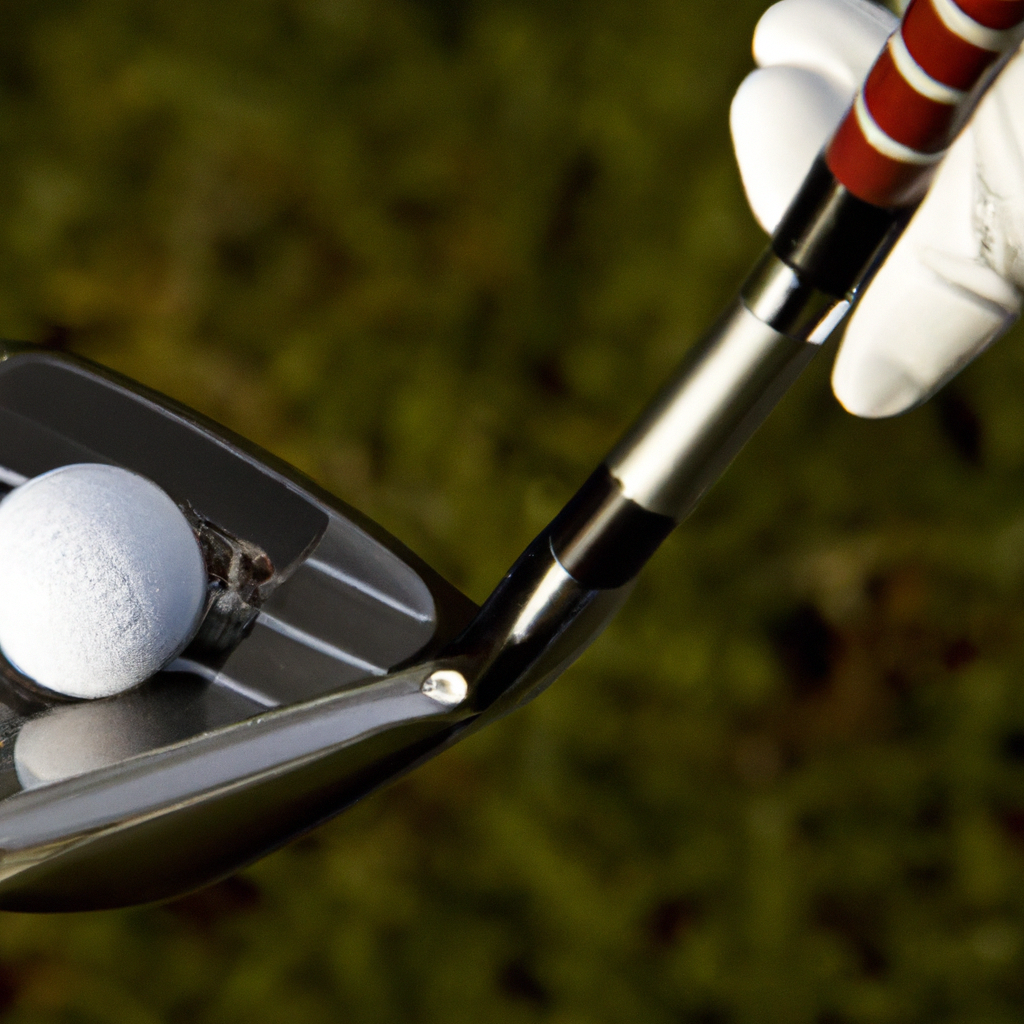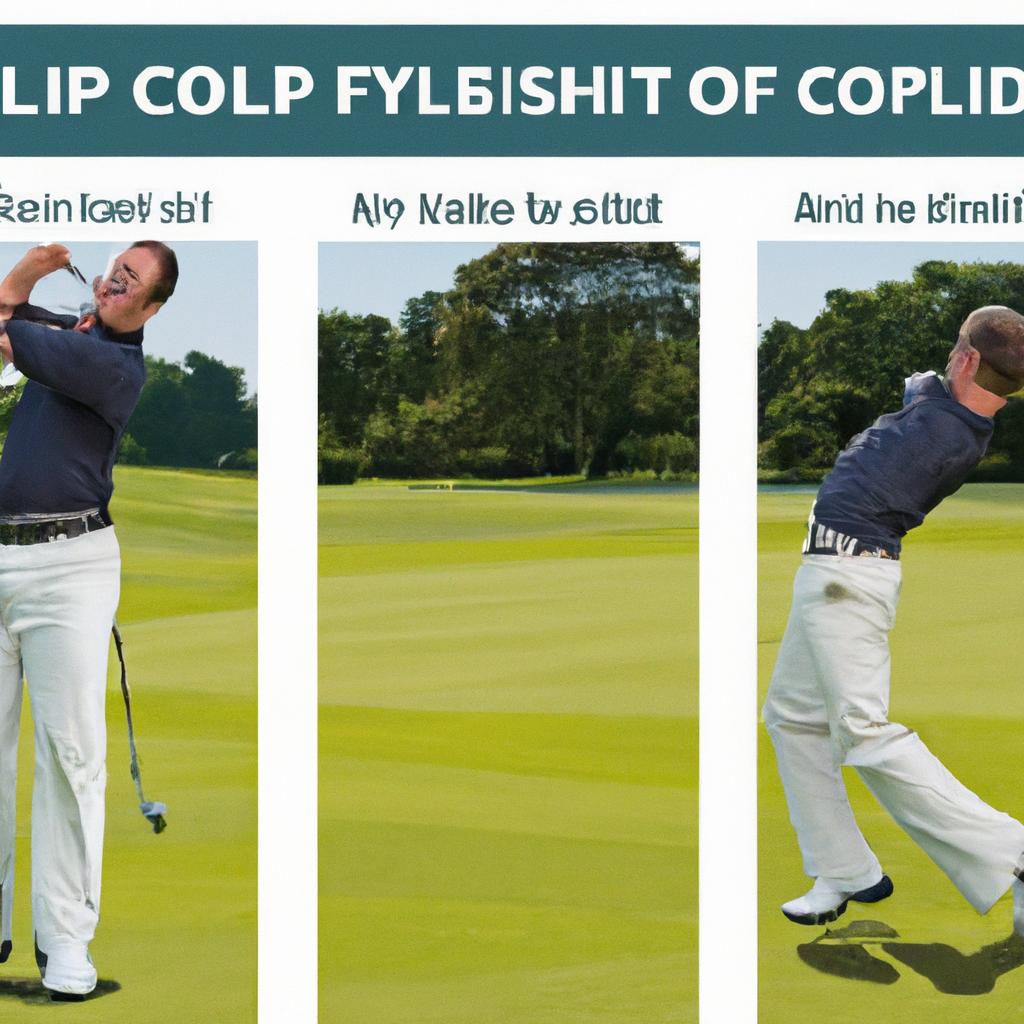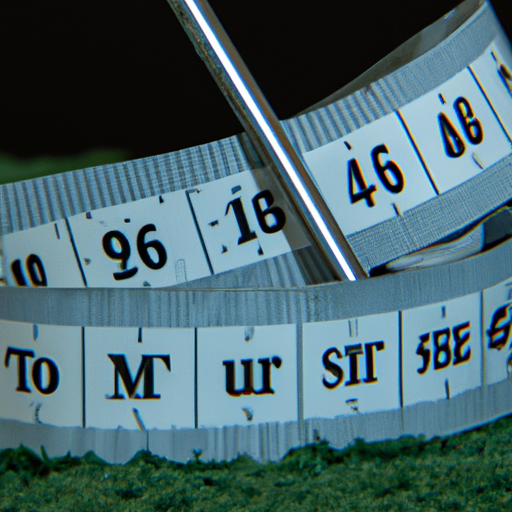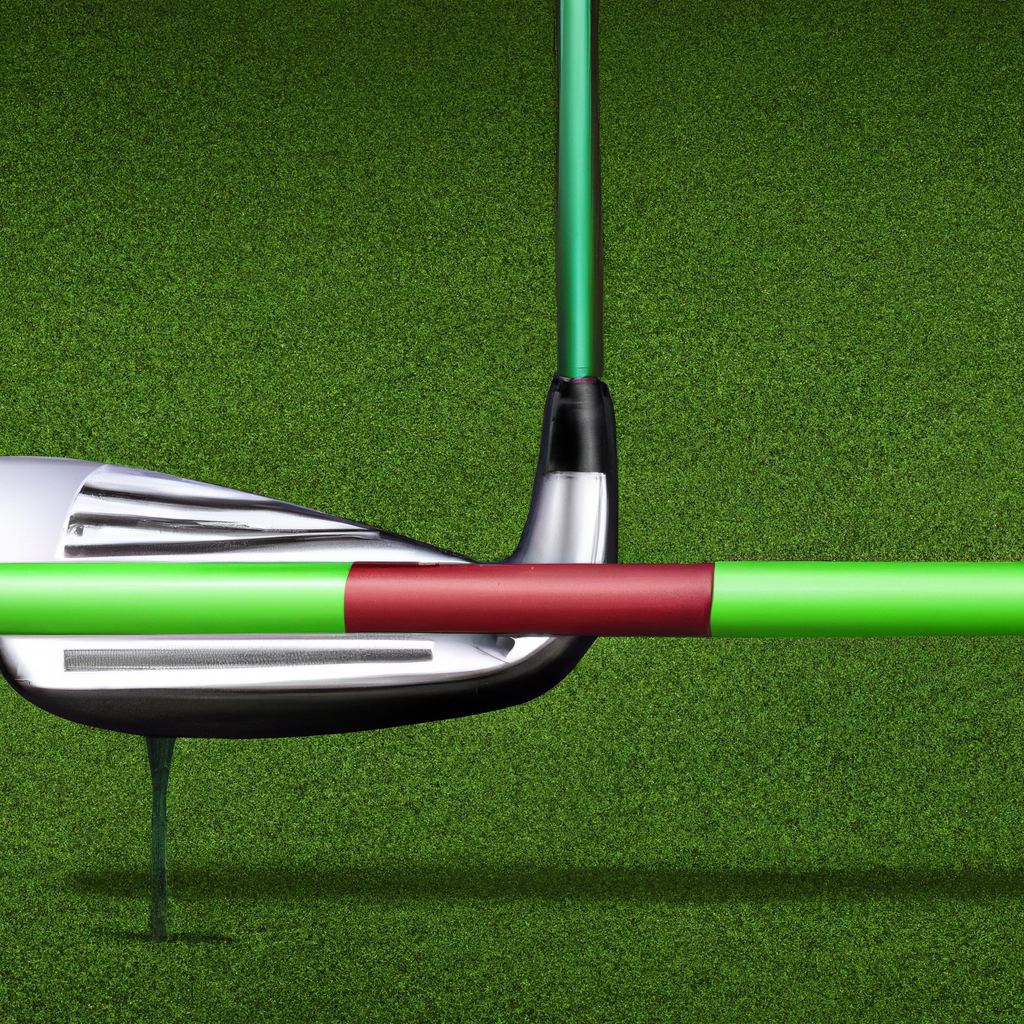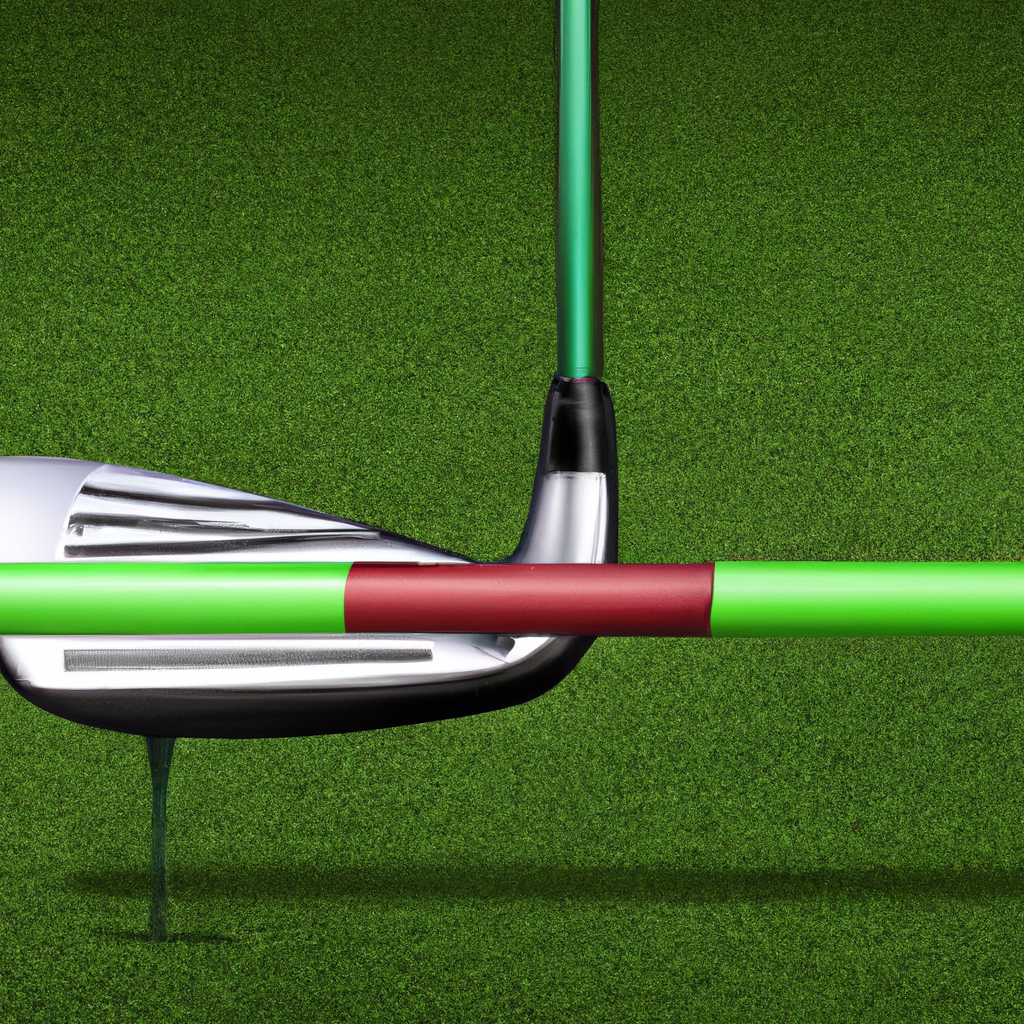If you’ve ever watched a golf game or have been curious about the sport, you may have wondered about the role and purpose of golf clubs. Golf clubs are the essential tools used by golfers to strike the ball and achieve the desired distance and accuracy. From the driver designed for long-distance shots to the putter for precision in the green, each golf club has a unique function and is crucial in dictating the outcome of a game. In this article, we will explore the fascinating world of golf clubs and discover how they contribute to a golfer’s success on the course.
Understanding the Function of a Golf Club
Golf clubs are essential tools for any golfer, and understanding their function is crucial to improving your game. Whether you’re a beginner or a seasoned player, knowing how each club works and when to use them can make a significant difference in your performance on the course. In this article, we will dive into the world of golf clubs and explore their different types, anatomy, and functions. By the end, you’ll have a clear understanding of what makes each club unique and how to choose the right one for every shot.
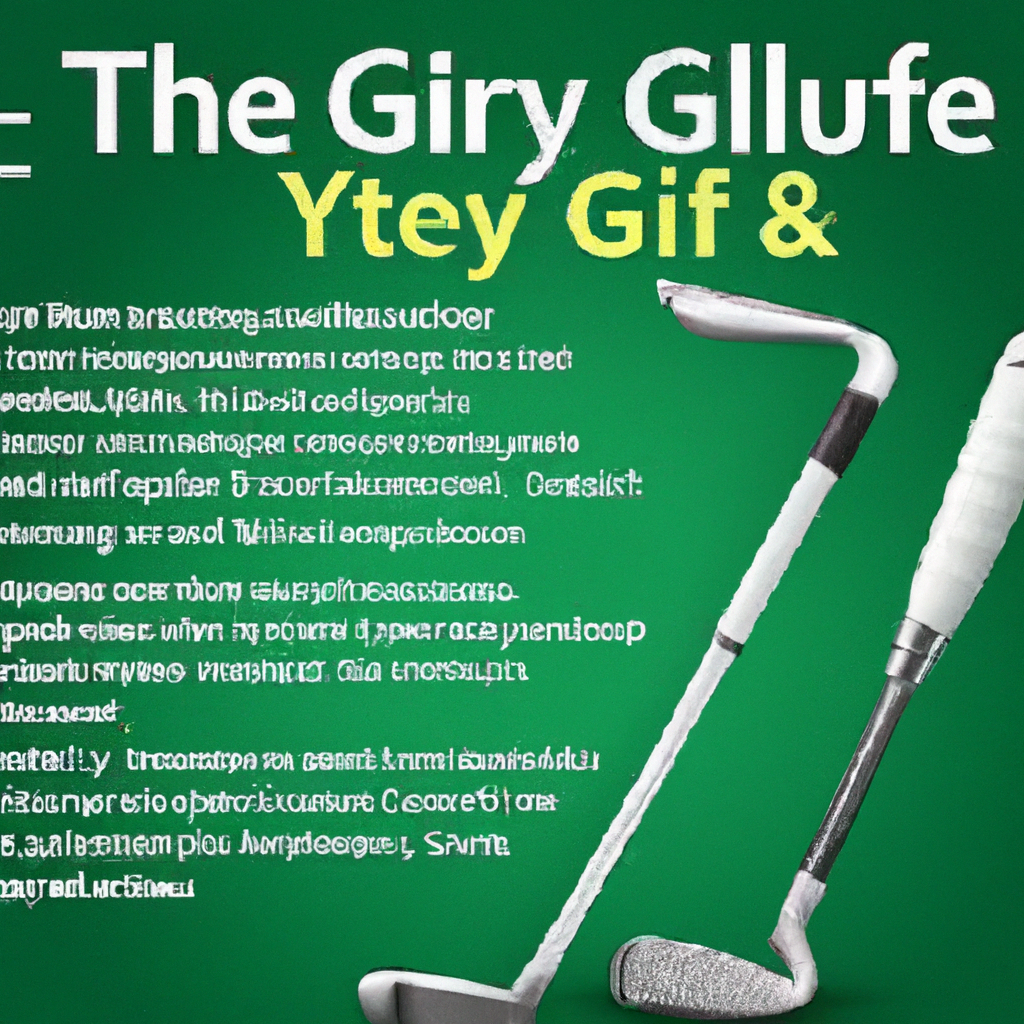
What is a Club in Golf?
A golf club is a specialized sporting equipment used to strike the golf ball. It consists of three main components: the grip, the shaft, and the clubhead. Each club is meticulously designed to perform specific tasks on the golf course, allowing players to hit shots of varying distances, heights, and trajectories. From the powerful driver to the precise putter, golf clubs come in various shapes, sizes, and styles to cater to the diverse demands of the game.
The Different Types of Golf Clubs
Golf clubs can be broadly categorized into six main types: driver, fairway woods, hybrids, irons, wedges, and putters. Each type has its unique characteristics and is designed to excel in specific situations on the course. Let’s take a closer look at each type and their functions:
The Driver
The driver, also known as the 1-wood, is the longest and most powerful club in a golfer’s bag. Its primary function is to hit the ball off the tee and achieve maximum distance. Typically featuring a large clubhead and a longer shaft, the driver is designed to launch the ball with high velocity and low spin, allowing golfers to achieve impressive drives. Its loft angle is usually between 8 and 12 degrees, promoting a lower ball flight for increased roll.
The Fairway Woods
Fairway woods, numbered from 2 to 11, are versatile clubs designed for shots from the fairway or rough. They have a smaller clubhead compared to the driver, which enables better accuracy and control. Fairway woods are ideal for hitting long shots when the ball needs to travel significant distances. They are also useful for reaching par-5 holes in two shots or navigating tight fairways due to their forgiving nature.
The Hybrids
Hybrids, often referred to as rescue or utility clubs, bridge the gap between fairway woods and irons. They provide a combination of forgiveness, distance, and control, making them a popular choice for many golfers. Hybrids feature a clubhead design that mimics the features of both fairway woods and irons, making them ideal for various situations, such as hitting from the rough or replacing long irons.
The Irons
Irons are versatile clubs that come in numbered sets ranging from 1 to 9 or beyond. They are primarily used for shots on the fairway, rough, or even around the greens. Irons are designed to offer precision, control, and distance consistency. With each iron having a specific loft angle, golfers can choose the appropriate iron to hit shots of varying distances and trajectories.
The Wedges
Wedges are specialized clubs designed to provide high loft and exceptional control around the greens. They come in different types, including pitching wedges, sand wedges, and lob wedges, each serving a specific purpose. Wedges excel in shots that require a soft landing and little roll, such as approach shots, bunker shots, and delicate pitches.
The Putter
The putter is perhaps the most crucial club in a golfer’s bag. Its purpose is to roll the ball along the green and into the hole. Putters come in various styles, weights, and lengths to suit individual preferences. They are designed for accuracy, control, and consistency. Using the putter effectively is essential for achieving lower scores and mastering the delicate art of putting.
Now that we’ve covered the different types of golf clubs and their functions, let’s take a closer look at the anatomy of a golf club.
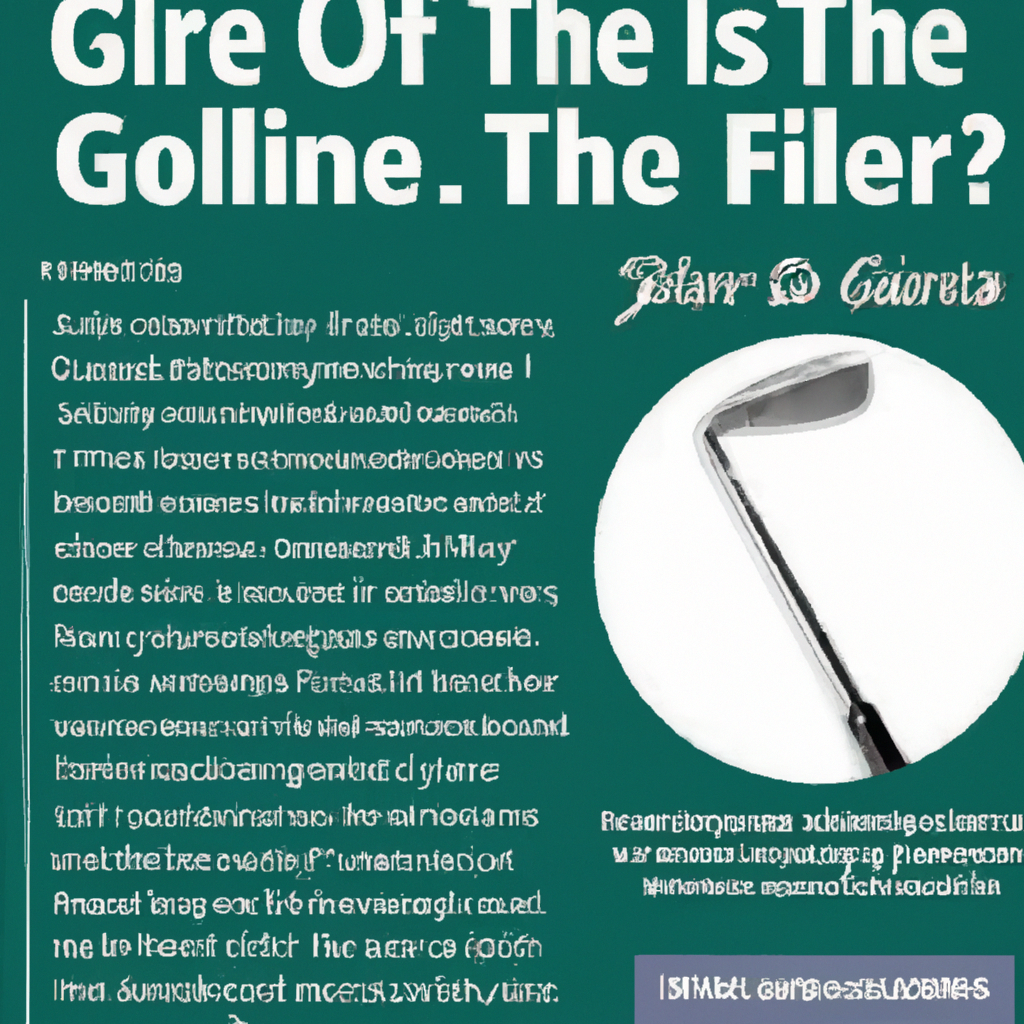
The Anatomy of a Golf Club
Although the purpose of each golf club is unique, they all share a similar anatomy. Understanding the different parts of a golf club will enable you to grasp how each element contributes to its overall performance. Let’s explore the essential components of a golf club:
The Grip
The grip is the part of the club that golfers hold onto. It provides comfort, stability, and control while swinging the club. Grips come in various materials, textures, and sizes to cater to individual preferences. It is essential to choose a grip that feels comfortable and allows you to maintain a secure hold on the club throughout your swing.
The Shaft
The shaft is the long, slender component connecting the grip to the clubhead. It plays a vital role in determining the overall feel, accuracy, and trajectory of a golf shot. Shafts are typically made of steel or graphite, each offering different characteristics. Steel shafts are generally heavier, providing more control and accuracy, while graphite shafts are lighter, allowing for increased swing speed and distance.
The Clubhead
The clubhead is the part of the golf club that comes into contact with the ball. It is responsible for generating the power, speed, and direction of the shot. Clubheads are typically made of metal alloys, such as stainless steel or titanium, to provide durability and performance. The shape, weight distribution, and size of the clubhead vary among different types of clubs, catering to their specific functions.
The Face
The face of the clubhead is the striking surface that makes contact with the ball. Its design plays a significant role in the spin, launch angle, and overall ball flight. Clubface angles and grooves are configured differently for each type of club, allowing for optimal performance. Understanding the impact of clubface design on the ball will help you make more informed decisions about shot selection and club choice.
The Loft
The loft refers to the angle of the clubface relative to a vertical plane. It has a significant influence on the trajectory and distance of the golf shot. Clubs with lower loft angles produce lower ball flights with more roll, ideal for longer shots. On the other hand, clubs with higher loft angles generate higher shots with less roll, enabling greater control and stopping power around the greens.
The Lie
The lie angle is the angle formed between the centerline of the shaft and the sole of the club. It determines how the clubhead rests on the ground when addressing the ball. The lie angle affects the direction and accuracy of the shot, with the ideal lie angle ensuring the clubface is square to the target at impact. Adjusting the lie angle can help golfers correct their shots for better consistency and performance.
The Hosel
The hosel is a small cylindrical component connecting the clubhead to the shaft. It plays a critical role in determining the club’s balance, feel, and performance. The hosel also allows for adjustments in loft and lie angles, giving golfers the ability to fine-tune their clubs to suit their swing characteristics and playing style.
The Sole
The sole is the bottom part of the clubhead that makes contact with the ground during a swing. Its design characteristics, such as camber, bounce, and width, influence how the club interacts with the turf. These features affect the club’s playability, allowing golfers to hit shots with better turf interaction and forgiveness.
The Swing Weight
The swing weight is a measure of a club’s balance point and how it feels during the swing. It is represented by a letter and number combination, with higher numbers indicating a heavier swing weight. The swing weight affects a golfer’s timing, rhythm, and control, influencing the overall feel and performance of the club.
Now that we have covered the anatomy of a golf club let’s move on to the function of different golf clubs and how to choose the right club for every shot.
The Function of Different Golf Clubs
Each golf club has a unique function and is designed to excel in specific situations on the course. Understanding the purpose and strengths of each club will allow you to select the right tool for every shot. Let’s explore the functions of different golf clubs:
The Driver
The driver is designed for maximum distance off the tee, making it ideal for long par-4s and par-5s. With a longer shaft and larger clubhead, the driver provides golfers with the potential to achieve impressive drives that cover significant ground. Its low loft angle promotes a lower ball flight with more roll, maximizing distance off the tee.
The Fairway Woods
Fairway woods are versatile clubs used for shots from the fairway or rough. They come in varying lofts, allowing golfers to select the appropriate club for different distances. Fairway woods are useful for long shots that require both distance and accuracy. They are also handy for reaching par-5 greens in two shots or navigating challenging fairways due to their forgiving nature.
The Hybrids
Hybrids are designed to bridge the gap between fairway woods and irons. They provide the forgiveness and distance of fairway woods with the control and accuracy of irons. Hybrids are ideal for situations where long irons may be challenging to hit, such as hitting from the rough or replacing lower-numbered irons. They offer a versatile alternative and can be used in various challenging scenarios.
The Irons
Irons are the backbone of a golfer’s bag, providing versatility and precision for shots from the fairway, rough, or around the greens. They come in numbered sets, with each iron having a specific loft angle and distance potential. Higher-numbered irons, such as 4-iron or 5-iron, offer increased distance, while lower-numbered irons, like 8-iron or 9-iron, provide greater precision and control. Irons allow golfers to hit shots of varying distances and trajectories with consistency.
The Wedges
Wedges are specialty clubs designed to hit shots with high loft and exceptional control. They come in various types, including pitching wedges, sand wedges, and lob wedges. Wedges are primarily used for shots around the greens, such as approach shots, chips, pitches, and bunker shots. Their high loft and short distance characteristics allow for soft landings and precise control, helping golfers overcome obstacles and score better.
The Putter
The putter is the club responsible for achieving accurate and delicate strokes on the green. Its primary function is to roll the ball smoothly along the putting surface and into the hole. Putters come in various styles, including blade putters, mallet putters, and belly putters. Each style offers a different feel and balance, allowing golfers to find the putter that suits their stroke style and preference. Choosing the right putter can significantly improve the consistency and confidence in your putting game.
Now that we’ve explored the functions of different golf clubs, it’s essential to understand how to choose the right club for each shot.
How to Choose the Right Club
Choosing the right club for each shot is a vital skill that can greatly affect your performance on the golf course. There are several factors to consider when selecting a club, including club length, club flex, clubhead design, loft and lie, and shaft material. Let’s delve into each factor to help you make informed decisions about club selection:
Understanding Club Length
The length of a golf club can impact various aspects of your swing, including distance, control, and accuracy. Longer clubs, such as drivers and fairway woods, typically offer more distance but can be more challenging to control. On the other hand, shorter clubs, like irons and wedges, provide greater accuracy and control but may sacrifice some distance. Finding the right balance between length and control is crucial to optimizing your performance on the course.
Understanding Club Flex
Club flex refers to the amount of bend present in the shaft during the swing. It affects the trajectory and feel of your shots. Golf clubs typically come in five main flex categories: extra stiff (X), stiff (S), regular (R), senior (A), and ladies (L). The choice of club flex depends on factors such as swing speed, distance, and personal preference. Faster swing speeds may benefit from stiffer flexes, while slower swing speeds may find more success with a more flexible shaft.
Understanding Clubhead Design
Different clubhead designs serve different purposes and suit different playing styles. For example, blade-style irons offer better control and workability, while cavity-back irons provide forgiveness and distance. Consider your skill level, playing style, and personal preferences when selecting a clubhead design. Testing different types of clubheads and seeking advice from a professional can help you find the right fit for your game.
Understanding Loft and Lie
Understanding the loft and lie angles of your golf clubs is essential for optimizing your performance. The loft angle affects the trajectory and distance of your shots, while the lie angle influences the accuracy and direction. Consider your typical ball flight patterns and swing characteristics when selecting clubs with the appropriate loft and lie angles. Adjustments to loft and lie angles can be made by a professional club fitter to fine-tune your equipment to suit your game.
Understanding Shaft Material
The material of the golf club shaft, whether steel or graphite, can impact the feel, performance, and overall characteristics of the club. Steel shafts are typically heavier, providing more control and accuracy. They are ideal for players who prefer a firmer and more stable feel. Graphite shafts, on the other hand, are lighter, allowing for increased swing speed and distance. They can be advantageous for players with slower swing speeds or those seeking a more flexible and forgiving feel.
Conclusion
Understanding the function of each golf club is the key to unlocking your potential on the golf course. From the powerful driver to the precise putter, each club has a specific purpose and can be a valuable tool in your arsenal. By familiarizing yourself with the anatomy, function, and selection criteria of golf clubs, you will be able to make more informed decisions on the course and improve your overall performance. Remember, practice, experimentation, and seeking professional advice can all contribute to finding the perfect set of clubs to match your game. So, grab a club, tee up the ball, and enjoy the journey of discovering the fantastic world of golf clubs.
